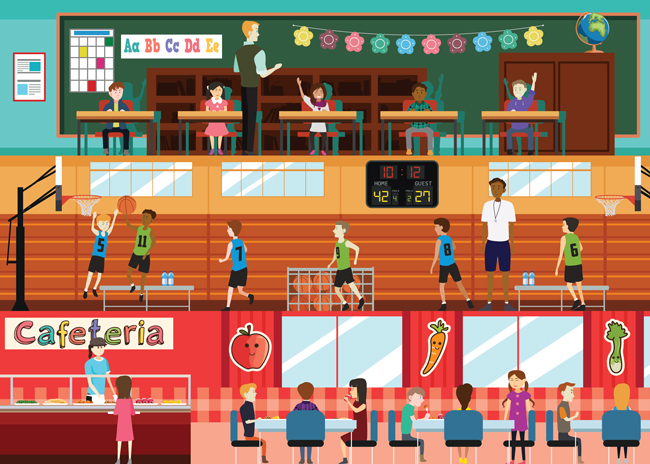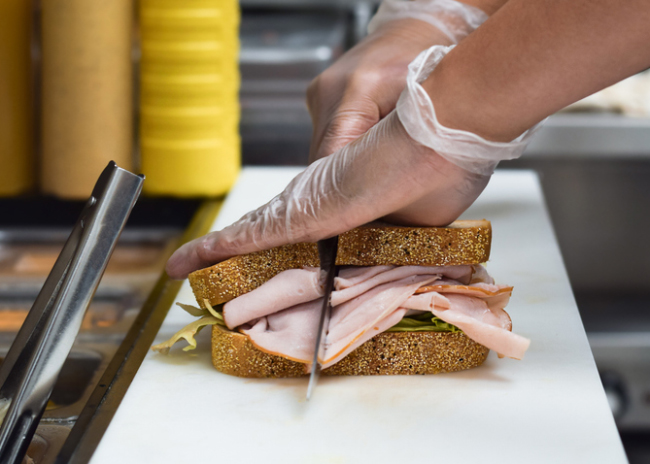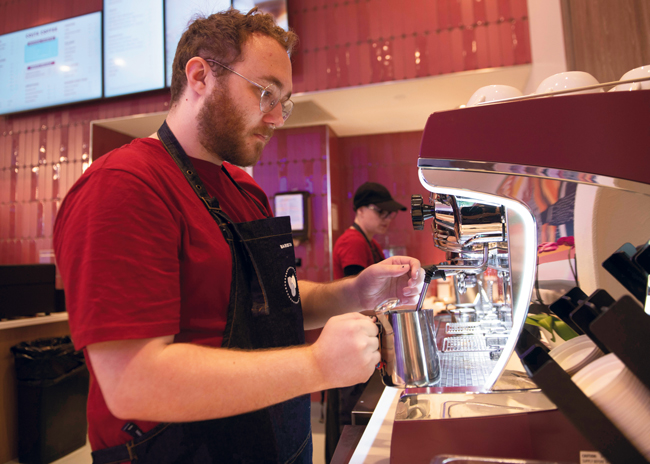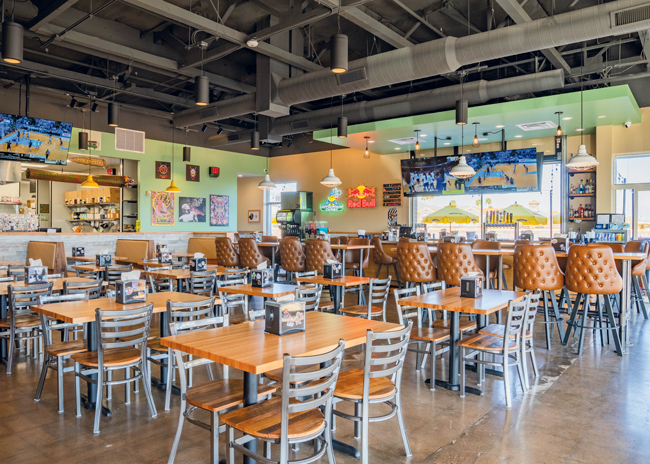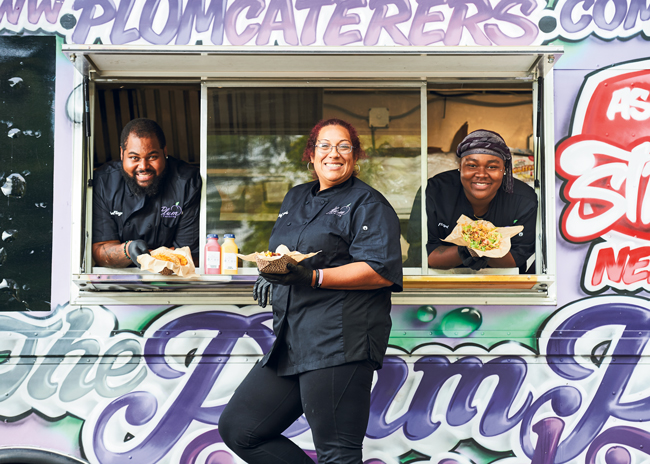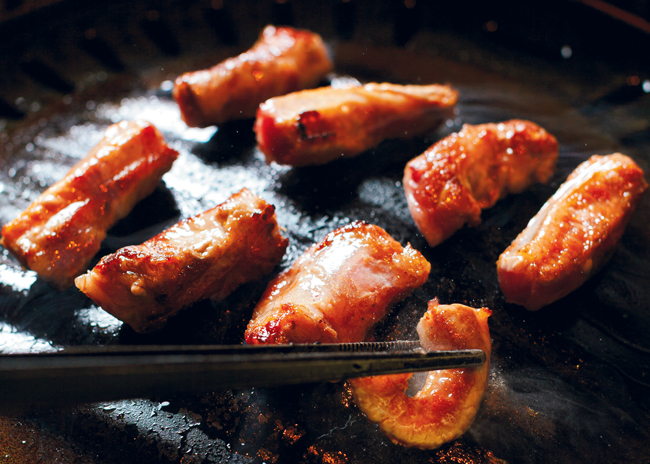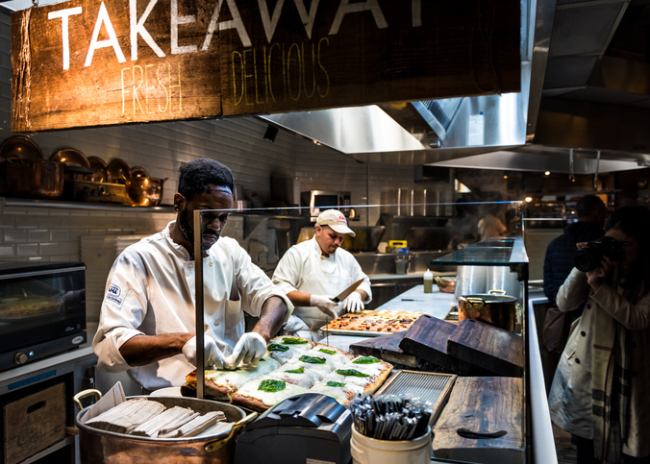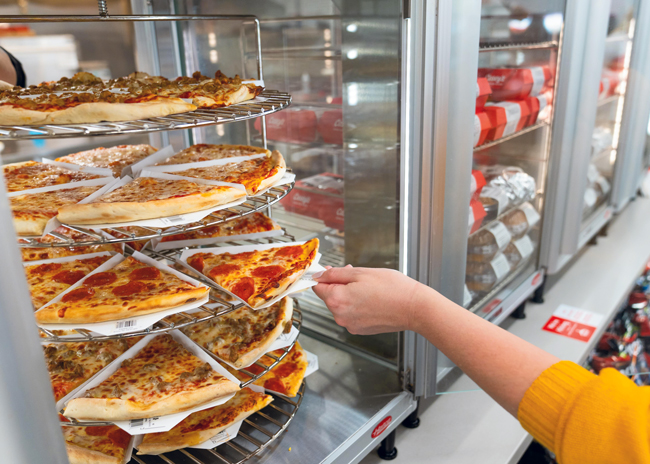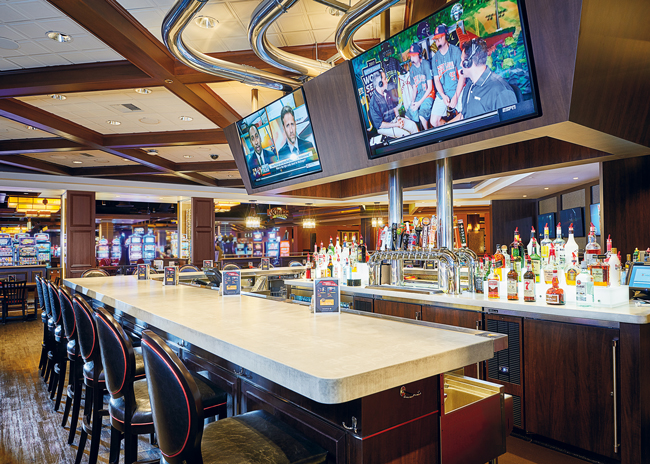The family-owned Round Lake Vineyards & Winery has evolved from simply growing grapes to producing its own wine to creating a restaurant and, eventually, building out a proper kitchen.
Back better than before, buffet designs emphasize hygiene and speed of service post pandemic.
During the course of a year, school foodservice operations stop working for weeks to months at a time. That doesn’t mean the kitchen should shut down completely, as well.
Happy National Food Safety Month! Did you know that there’s a FDA Food Code supplement that came out in 2024, requiring restaurants in states that adopt it to document a food safety management system?
A number of factors impact the efficiency and effectiveness of service stations.
This dominant British coffee chain pursues U.S. expansion plans with a twist
One of the most important tasks for emerging chains is developing a prototype that will help hit growth targets.
Foodservice operators consist of two general sides. One is the world of restaurants, whose prime directive is to please paying customers and make a profit. The other is noncommercial foodservice operators.
No, it’s not your imagination. Korean food, like Korean beauty products and K-pop bands before it, is everywhere. From spice-forward fried chicken to boundary-pushing baked goods to elaborate multicourse meals, Korea’s culinary influences continue to find a welcome home on menus across a variety of restaurants in the United States and beyond.
Heavy equipment – pieces like ovens, reach-in refrigerators and flattops – is often the focus of operator cleaning and maintenance schedules. That just makes sense. The purchase price of ovens, reach-in refrigerators and flattops can run into the tens of thousands of dollars. Operators should work to keep them up and running.
Whether a service call is for planned maintenance or an emergency repair, having techs in a kitchen is a fact of life for foodservice operators. But for restaurants with open kitchens, the presence of these techs can be particularly disruptive.
As far as HVAC and servicing commercial foodservice equipment are concerned, Richard Dick is a wealth of knowledge and someone who also maintains a healthy sense of humor.
It’s not news that the lines between various foodservice segments continue to blur. Yet when it comes to the demarcation between quick-service restaurants and c-stores, the numbers don’t lie: It’s getting harder and harder to see the actual lines.
With students across the country returning to school this month, the time seemed right to check in on K-12 and collegiate foodservice to see what challenges today’s operators face and identify some potential solutions.
Achieving greatness in kitchen design is definitely in the eye of the beholder. That’s because what represents greatness in a school foodservice operation will differ significantly from the way a steakhouse or even a corporate dining facility will measure it.
Changes in college and school foodservice continue to mirror the evolution of other noncommercial segments, including corporate feeding.


